Wi-Fi 6 will streamline automotive connectivity
 54
54
 拍明
拍明
原标题:Wi-Fi 6 will streamline automotive connectivity
Wireless connectivity in vehicles began over a decade ago with simple Bluetooth and Wi-Fi functionality, but has increased dramatically in the past few years. It began with the simple Bluetooth hands-free profile (HFP) and, maybe, a Wi-Fi hotspot. Bluetooth enabled audio streaming (A2DP) followed, along with multi-role, multi-purpose Wi-Fi, and Wi-Fi–enabled screen sharing.
Recently, more advanced functionality has gone mainstream, including wireless sensor data collection, over-the-air firmware updates, continuous data uploads, electric-vehicle charge controlling, and local network connectivity, for instance, in parking lots.
Dependence on wireless data transfer will only continue to grow. As autonomous driving systems enter the market in different stages, we will see data transfer needs increase between the cars and different cloud-based systems, with similar bandwidth growth for vehicle-to-vehicle (V2V) connections. Vehicle-to-everything communication (V2X) is specifically handled by its own dedicated Wi-Fi-based solution (IEEE 802.11p/bd), potentially combined, in the longer run, with cellular V2X (C-V2X).
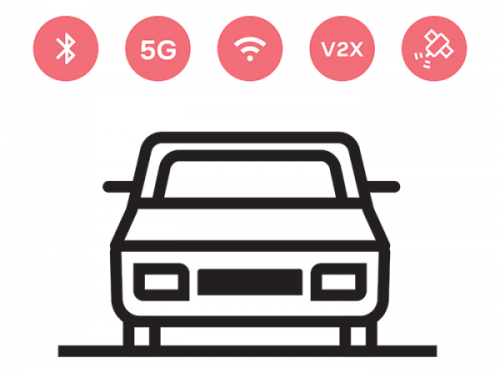
Figure 1 Several wireless technologies are already present in today’s vehicles and more will follow.
And then there is in-vehicle entertainment – too popular and, in terms of bandwidth requirements, too demanding to ignore. The Ericsson Mobility Report predicted that mobile video traffic will continue to grow in percentage and volume from 63 percent and 38 Exabytes per month in the third quarter of 2019 to 75 percent of all mobile data traffic and 160 Exabytes per month in 2025. An increasing part of this video entertainment is expected to be consumed in cars, as in-vehicle displays are becoming more popular and infotainment systems are improving.
It’s getting crowded in the car
As the number of wirelessly-connected automotive application areas and use cases grow, so too does the risk of signal congestion, which can impact performance. Reducing such system degradation is becoming vital as the huge mix of applications, each with its own set of characteristics and system requirements, is putting higher demands on how the Wi-Fi system handles its resources.
Wi-Fi 6, the latest generation of Wi-Fi technology to enter the automotive arena, promises to solve many of these emerging challenges by speeding up and streamlining automotive connectivity. Over the coming years, Wi-Fi 6 (also referred to as 802.11ax in the standardization communities) is expected to become a key enabler for many automotive system elements, including infotainment units, telematics control units, and advanced driver-assistance systems. ABI Research estimates that 50 percent (35 million units) of the automotive Wi-Fi chipset shipments by 2023, and 70 percent (50 million units) by 2024, will be Wi-Fi 6.
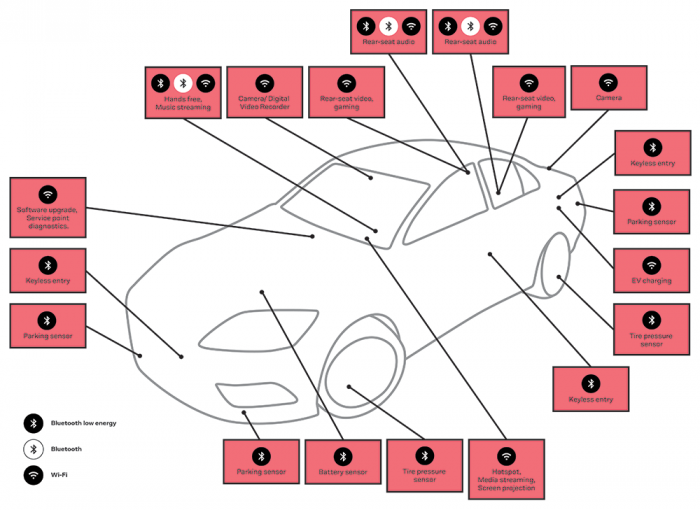
Figure 2 A growing number of use cases in and around the vehicle compete for the same spectrum and resources, increasing the potential for signal congestion and reduced performance.
A future-proof solution
Bluetooth and original 802.11b/g Wi-Fi both operate in the 2.4 GHz band, where they compete for the same spectrum resources. As bandwidth needs for emerging Wi-Fi use cases increase, more and more of them are being addressed in the 5 GHz band, in a combination of the 2.4 GHz and 5 GHz bands, or, once Wi-Fi 6E becomes available, on a new 6 GHz band. As more data traffic migrates to higher frequencies, it will free up resources on the 2.4 GHz band, enabling further expansion of low-cost, low-power Bluetooth connectivity.
In addition to relying on Bluetooth and Wi-Fi, use cases that offer improved user experience, safety, and security should be able to leverage 4G and 5G cellular technologies for longer range and broader coverage with high data rates and low latency. In cases where data rates are very high and many cars are within a limited geographic area, cellular and Wi-Fi could run concurrently. In use cases where Wi-Fi is expected to be the dominant bearer – at the garage, the gas or charging station, or parking lots – it will be able to handle the high data rates on its own.
The price for these wireless functionalities, and the increase in performance and functionality they bring, will be higher power consumption by the vehicle. However, progress on the latest wireless standards, chipset evolution, and efficient software protocols will pave the way for vehicles to provide functionality that goes well beyond the earlier “smartphone on wheels” concept.
The Wi-Fi 6 fix
Wi-Fi 6 is expected to become the de facto wireless interface for fully-connected cars. The most significant improvement over its predecessor is increased spectral efficiency, delivering an up-to-fourfold increase in channel capacity. This will either allow it to serve more clients per access point or enable new high-bandwidth use cases, for example streaming ultra-high-resolution video. Wi-Fi 6’s flexibility makes it better adapted to serve clients using smaller chunks of data, without reserving unnecessary overhead.
Moreover, while previous versions of Wi-Fi were tailored to the needs of a few clients, primarily indoors, the focus of Wi-Fi 6 is on the quality of experience of a multitude of clients in more crowded environments. Of particular interest for automotive use cases will be the improvements it brings in terms of longer range and better coverage outdoors.
Wi-Fi 6’s ability to efficiently support low-bandwidth traffic makes it well-suited for low complexity, low power Wi-Fi-based solutions for the IoT segment. In this use case, target applications would use a low-power, low-cost chip implementation limited to 20 MHz bandwidth.
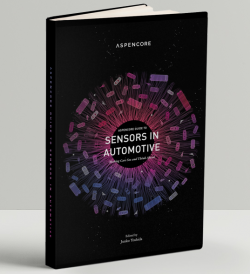
A new book, AspenCore Guide to Sensors in Automotive: Making Cars See and Think Ahead, will help you make sense of the sensor labyrinth in modern vehicles. It’s available now at the EE Times bookstore.
A look under the hood
How does Wi-Fi 6 do what it does? For one, it uses the orthogonal frequency-division multiple access (OFDMA) digital modulation scheme both in uplink and downlink. By dividing each OFDMA transmission channel into small sub-channels (resource units) that can concurrently pipe packages from an access point to multiple users, it increases the number of users that can communicate simultaneously. In addition, it reduces contention and preamble overhead, especially for short packets prevalent in many networks.
Then, OFDMA uses a longer orthogonal frequency-domain multiplexing signal, offering improved use of the sub-channels and higher resistance to multipath fading by adding a longer cyclic prefix between individual symbols. Together with new PHY headers, this offers enhanced robustness in outdoor environments.
Wi-Fi 6 further uses up to 8×8 multi-user multiple-input multiple-output (MU-MIMO) in the uplink and downlink to offer higher throughput with more spatial streams, and 1024 quadrature amplitude modulation (1024-QAM) for higher peak throughput at short distances.
Other features include spatial reuse, also referred to as BSS coloring, which allows several channels with the same “color code” to combine to transmit messages. And target wake time (TWT) lets clients save power by entering low power modes when they are idle.

Figure 3 Leveraging the OFDMA digital modulation scheme, Wi-Fi 6 increases bandwidth capacity by dividing each transmission channel into small sub-channels that can concurrently pipe packages from an access point to multiple users. Source: Intel
Because of the increased capacity and flexibility, higher bandwidth, and broader coverage it brings, we expect this new wireless standard to be embraced by the automotive industry. How, precisely, individual OEMs and Tier 1s decide to implement it remains to be seen. Over the years we’ve seen how different manufacturers have moved in slightly different directions in how they partition multiple Wi-Fi systems within the vehicle: either according to their functionality or application (telematic control unit, in-vehicle infotainment, advanced driver assistance systems, electric vehicle charge controlling), a cost-optimized combination of uses, or a more physical deployment, e.g. communication inside or outside the vehicle. This diversity of approaches was to be expected, as the technology is evolving in parallel with the increasing number of use cases and areas of use.
The same is true for how the Wi-Fi and Bluetooth solutions themselves are being implemented. Some manufacturers prefer a chip-on-board implementation where the Wi-Fi chip is integrated within a PCB solution by the Tier 1s or OEMs themselves. In rare cases, this may offer a more customized or flexible solution with a more optimized bill of materials. In most cases, however, a pre-certified module from a third-party vendor offers more advantages for auto makers, including reduced development times, simplified PCB and device designs, and easier migration to next generation technologies. These advantages secure time to market, improve the overall direct and indirect cost, and reduce risk.
Wi-Fi 6: An antidote to bandwidth crowding
As automakers continue to offer increasingly advanced safety, comfort, and convenience features, Wi-Fi’s role as a critical enabler of reliable wireless connectivity will continue to grow, for an expanding list of use cases within, beyond, and among vehicles. Current generations of Wi-Fi technology will remain relevant in automotive for years to come, but they will not be able to meet the growing demand for intra- and extra-vehicle connectivity. By increasing bandwidth capacity, Wi-Fi 6 will offer an antidote to increased crowding by serving more clients per access point and enabling new high-band use cases, while expanding coverage outdoors.
Fredrik Lönegård is the senior product marketing manager for product center short range radio at u-blox.
Peter Karlsson is the head of technology for product center short range radio at u-blox.
责任编辑:David
【免责声明】
1、本文内容、数据、图表等来源于网络引用或其他公开资料,版权归属原作者、原发表出处。若版权所有方对本文的引用持有异议,请联系拍明芯城(marketing@iczoom.com),本方将及时处理。
2、本文的引用仅供读者交流学习使用,不涉及商业目的。
3、本文内容仅代表作者观点,拍明芯城不对内容的准确性、可靠性或完整性提供明示或暗示的保证。读者阅读本文后做出的决定或行为,是基于自主意愿和独立判断做出的,请读者明确相关结果。
4、如需转载本方拥有版权的文章,请联系拍明芯城(marketing@iczoom.com)注明“转载原因”。未经允许私自转载拍明芯城将保留追究其法律责任的权利。
拍明芯城拥有对此声明的最终解释权。




 产品分类
产品分类

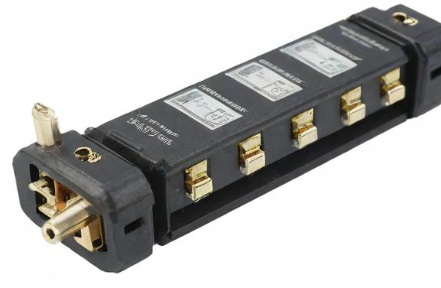
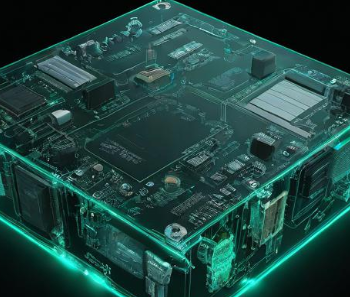
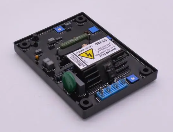
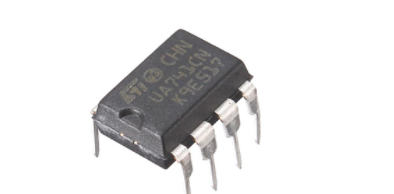
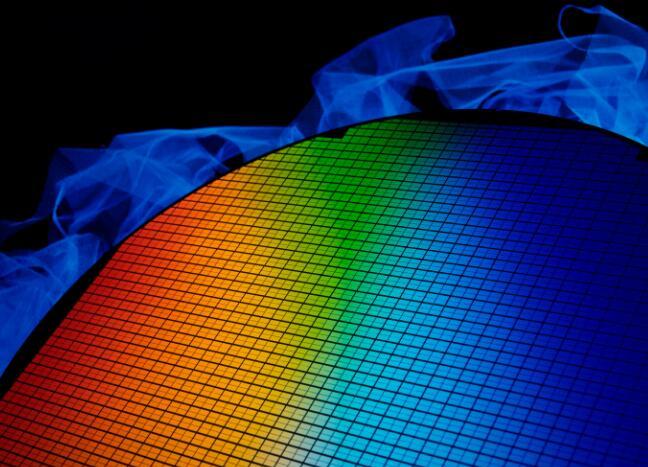



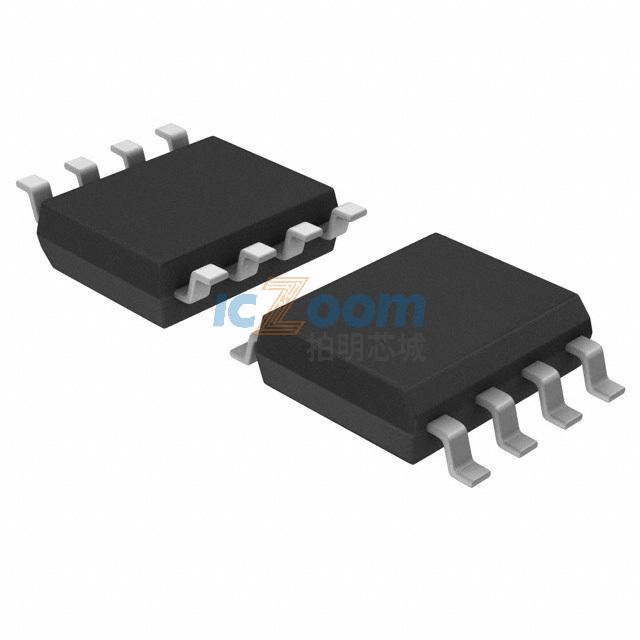














 2012- 2022 拍明芯城ICZOOM.com 版权所有 客服热线:400-693-8369 (9:00-18:00)
2012- 2022 拍明芯城ICZOOM.com 版权所有 客服热线:400-693-8369 (9:00-18:00)


